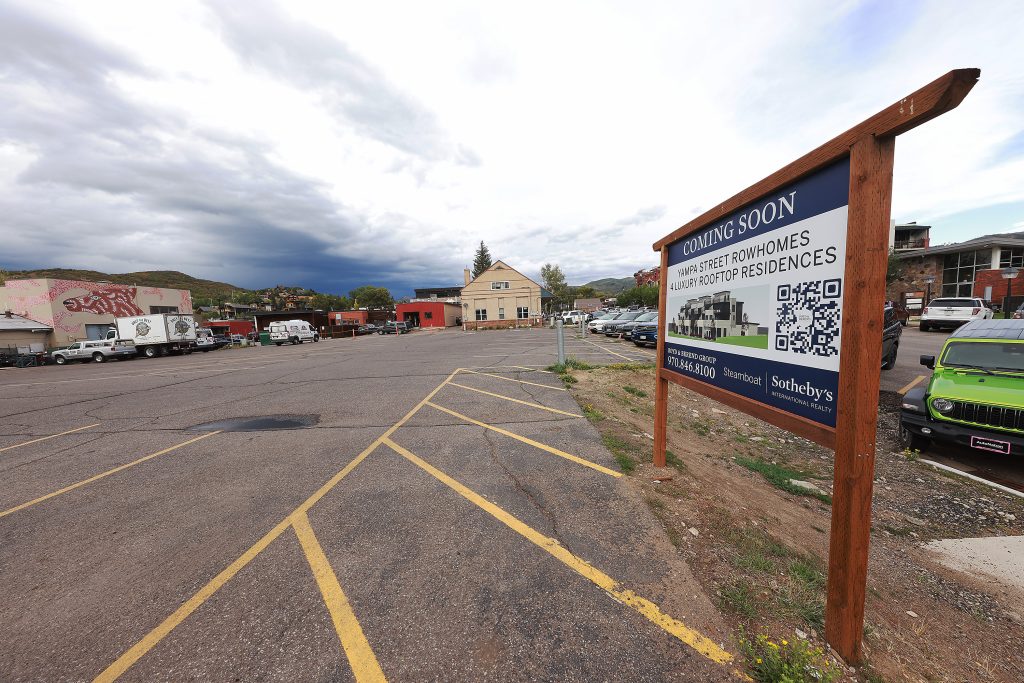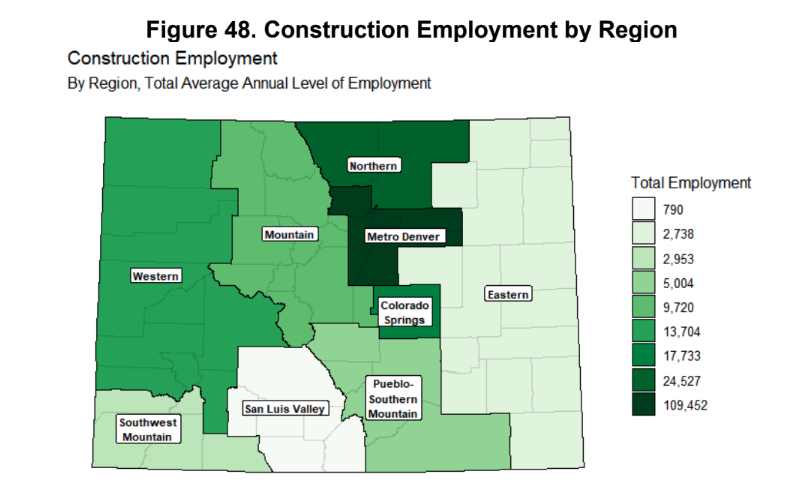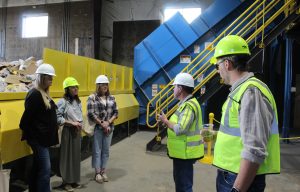Report warns tariffs could stall construction growth on Colorado’s Western Slope

John F. Russell/Steamboat Pilot & Today
Tariffs on crucial construction materials are weakening developer sentiment, shrinking profit margins and making residential construction more expensive in Colorado, according to a state-led analysis on tariff impacts.
The resounding consensus seems to be that increased tariffs result in higher costs to both businesses and consumers — the economic consequences of which trickle down across U.S. and Colorado economies, according to the findings of a Colorado Office of State Planning & Budget report released Sept. 4. For many Western Slope counties, the industry most impacted by these consequences is the construction sector.
The Trump administration’s combination of emergency and reciprocal tariffs have led to a baseline 10 percent tariff levied on all imports, though rates can vary by product and country. As of August 2025, the average U.S. tariff rate paid across all imports in Colorado has increased sevenfold since last year, from 3% in 2024 to 21% in 2025, according to the report.
“The last time (tariffs) exceeded the current effective levels was over a century ago in 1910. This stark change in American trade policy can be likened to an economic shock to global trade and will lead to American and Coloradan businesses and consumers paying more for every-day goods due to higher inflation,” the report states.
The report is the product of an executive order signed by Gov. Jared Polis in July requiring specific state agencies to analyze the impact from tariffs on Colorado’s economy.
“Tariffs do not work, and we will continue to prove that what Americans and Coloradans need most is certainty and stability, not whiplash tariffs driving up the cost of groceries and goods,” Polis said in a statement about the executive order.
Construction, agriculture, durable and nondurable goods, energy, healthcare and technology were identified in the report as the major economic sectors most impacted by tariffs. In total, they represent over 90% of the international trade conducted by Colorado businesses and nearly half of Colorado gross domestic product and direct jobs.
Construction on Colorado’s Western Slope
Colorado’s construction industry is a major contributor to the state’s economy. The sector added $33 billion, or 6%, to the state’s gross domestic product in 2024. The industry includes over 22,000 businesses that employ over 190,000 workers, according to data from the Bureau of Labor Statistics.

On Colorado’s Western Slope, the $2 billion from construction is responsible for 9% of the region’s gross domestic product. Construction jobs make up 10% of the jobs in the region, according to the Bureau of Labor Statistics.
Construction companies, both commercial and residential, are particularly vulnerable due to tariffs on critical construction materials like steel, aluminum and copper — which have driven up raw material costs by 20-40% compared to 2020. The National Association of Home Builders estimates that 7% of materials used for residential construction are imported, resulting in project expenses that are 15-25% higher than five years ago.
Because construction materials can account for 35-50% of a home’s construction cost, the Office of State Planning & Budget predicts this could lead to limited construction activity due to weaker demand and the high cost of capital.
Although tariff impacts on home construction are likely to hit the Denver Metro Area the hardest, the report identifies Eagle, Garfield and Mesa counties as areas that will likely experience notable impacts.
Before the Trump administration’s tariffs were implemented, the Office of State Planning and Budgeting anticipated a 3.9% increase in new Colorado housing construction permits in 2025, followed by a 7.7% rebound in 2026. The first six months of 2025, however, have led to a downward revision to a 0.5% increase in housing construction permits. Now, housing permits are expected to cap near 2024 levels.
Slowed construction only exacerbates the challenges surrounding a lack of affordable housing in Colorado’s rural mountain communities – especially as the state’s housing deficit has gone from a peak of 140,000 in 2019 to 106,000 in 2023, according to a September report from the state demographer’s office.
“Today’s forecast again shows that the President’s reckless tariff taxes are increasing costs on consumers, sabotaging our economy, tightening the job market, and driving up inflation. While Colorado is faring better than the rest of the country with lower unemployment and stronger growth, hardworking families are being cornered to grapple with higher costs, forcing them to make hard personal budget decisions at the dining room table,” Polis said in a Sept. 22 statement.
There’s a chance that not all tariffs analyzed in the report will remain in place past October. A U.S. federal appeals court decision on Aug. 29 affirmed a lower court’s finding that “the executive branch does not have the authority to impose most tariffs that they implemented,” the report states.
Current tariffs remain in place until October 14 to allow time for the Trump administration to file an appeal to the Supreme Court.

Support Local Journalism

Support Local Journalism
Readers around Steamboat and Routt County make the Steamboat Pilot & Today’s work possible. Your financial contribution supports our efforts to deliver quality, locally relevant journalism.
Now more than ever, your support is critical to help us keep our community informed about the evolving coronavirus pandemic and the impact it is having locally. Every contribution, however large or small, will make a difference.
Each donation will be used exclusively for the development and creation of increased news coverage.










